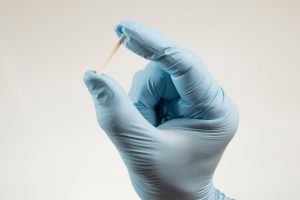Researchers at Massachusetts General Brigham Hospital and MIT have developed a long-acting contraceptive implant that can be delivered via tiny needle injections to minimize inconvenience to the patient and increase the likelihood of medication adherence. Their findings from preclinical models provide the technological basis for the development of contraceptive self-injections that could mimic the long-term drug release of surgically implanted devices.
How the Innovative Contraceptive Implant Works
The new approach, which would reduce the frequency of self-injections by patients and prove valuable for those with limited access to hospitals and other medical facilities, is described in Nature Chemical Engineering. “Needle size and fluid viscosity are critical factors for the commercial implementation of injectable medications,” said senior author Giovanni Traverso, MB, PhD, MBBCH, of the Division of Gastroenterology at Brigham and Women’s Hospital Medical School, a founding member of the Mass General Brigham health system.
“Our technical challenge was to find a way to maximize patient comfort by using smaller needles that cause less bruising or bleeding, and to keep the viscosity low enough to make it easy to apply by hand using the syringe.” Conventional contraceptive implants are small, flexible rods that are surgically inserted under the skin to deliver active ingredients over an extended period of time, eliminating the hassle of remembering to take a pill. But the surgery required for implants makes them less accessible for some patients.
The Traverso team has developed a new approach to delivering the contraceptive levonorgestrel (LNG) through self-assembling long-acting injectable microcrystals (SLIMs). SLIMs act like tiny puzzle pieces that assemble through solvent exchange into a single solid implant after injection into the body, which slowly releases the drug while the surface erodes. Unlike similar self-administering technologies, the solvent exchange assembly allows delivery through much smaller needles. The researchers will continue their work to optimize the dosage, duration and injection capability of the SLIM system and to understand how it works in the human body. The design could also be applied to other hydrophobic drugs, which make up most new pharmaceuticals. The researchers plan to investigate how different drug properties affect the effectiveness of the SLIM system.





